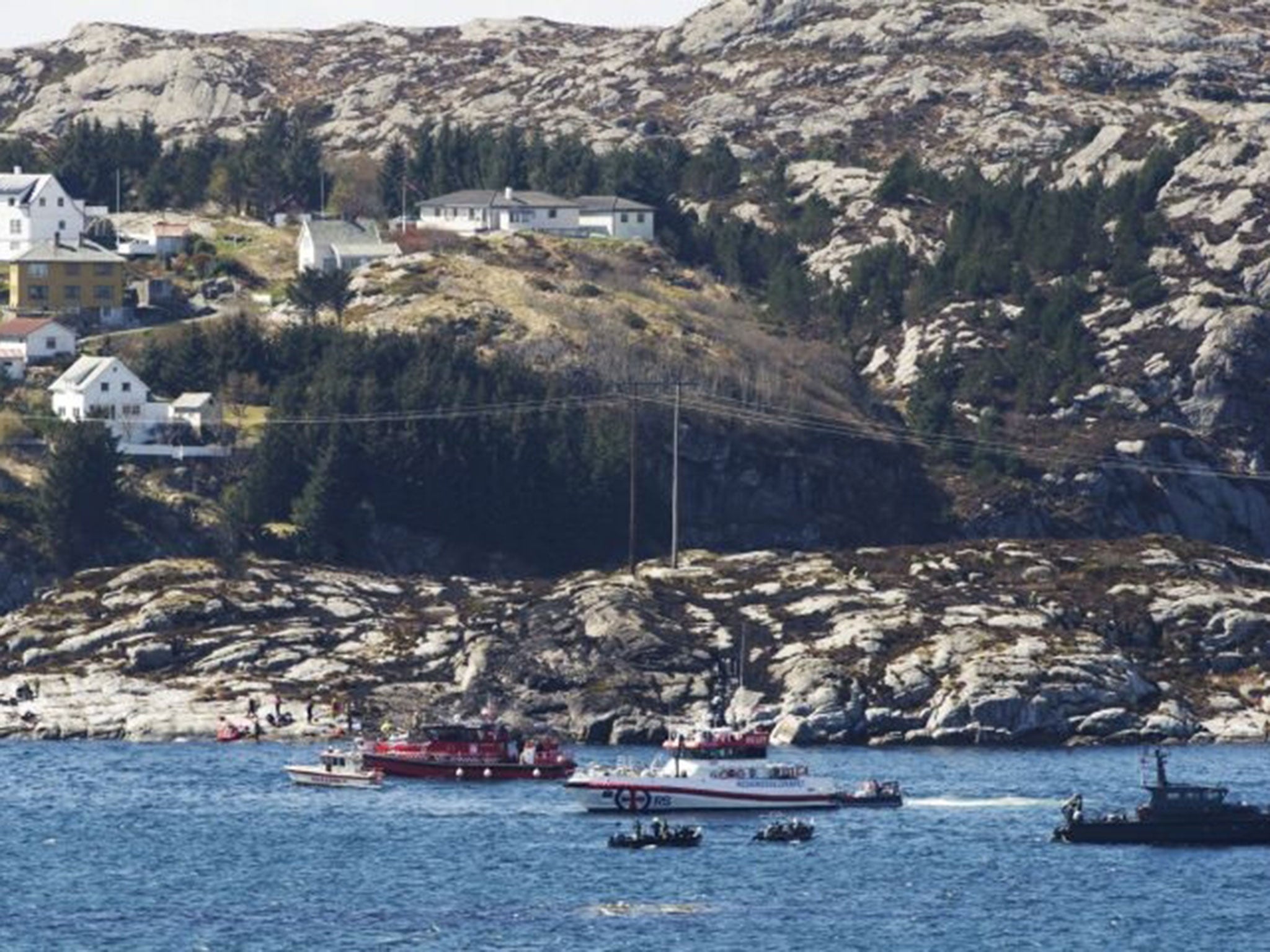Norway helicopter crash: British victim named as Scottish oil worker
Iain Stuart, 41, from Laurencekirk, Aberdeenshire was working for oilfield services company Halliburton when the Airbus Super Puma helicopter he was travelling onboard crashed

Your support helps us to tell the story
From reproductive rights to climate change to Big Tech, The Independent is on the ground when the story is developing. Whether it's investigating the financials of Elon Musk's pro-Trump PAC or producing our latest documentary, 'The A Word', which shines a light on the American women fighting for reproductive rights, we know how important it is to parse out the facts from the messaging.
At such a critical moment in US history, we need reporters on the ground. Your donation allows us to keep sending journalists to speak to both sides of the story.
The Independent is trusted by Americans across the entire political spectrum. And unlike many other quality news outlets, we choose not to lock Americans out of our reporting and analysis with paywalls. We believe quality journalism should be available to everyone, paid for by those who can afford it.
Your support makes all the difference.A British man who was among 13 people killed in a helicopter crash in Norway has been named as oil worker Iain Stuart.
The 41-year-old, from Laurencekirk, Aberdeenshire, was working for oilfield services company Halliburton when the Airbus Super Puma helicopter he was travelling onboard crashed on Friday.
It has emerged that the Super Puma, travelling from the North Sea Gullfaks B oil field when it crashed en route to Flesland Airport in Bergen, Norway, had to return to base twice in the days before the incident after warning lights came on in the cockpit.
Helicopter operator CHC said the aircraft was forced to turn back to Flesland Airport in Bergen last Tuesday when the pilot spotted the light and again in a test flight the following day after a part had been replaced.
The company added the aircraft completed six commercial flights with no indications of problems the day before the crash.
The aircraft shattered into pieces when it smashed into the rocky shoreline of Turoey, a tiny island outside Bergen, Norway's second-largest city.

Eleven bodies were recovered from near the crash site, around 74 miles (120 kilometres) off the Norwegian coast. Two others are presumed dead.
Of the 13 passengers, all were Norwegian except for Mr Stuart and an Italian national. Their names have not yet been released.
All UK commercial passenger flights using the Airbus EC225LP - or Super Puma - have been grounded by the Civil Aviation Authority (CAA) following the accident.
A petition to remove all Super Puma helicopters from service has now been signed by over 5,000 people.
The petition calls on the CAA to "put the lives of Offshore Oil Workers and the pilots before vested interests, and revoke the air worthiness certificates for this aircraft".
Norwegian television showed footage of what appeared to be a helicopter rotor blade spiralling down minutes before the helicopter crashed.
Emergency crews pulled the wrecked fuselage out of the sea on Saturday ahead of an investigation into the cause of the disaster.
A team from the UK's Air Accidents Investigation Branch (AAIB) has travelled to the crash site to assist with the investigation.
Additional reporting by agencies
Subscribe to Independent Premium to bookmark this article
Want to bookmark your favourite articles and stories to read or reference later? Start your Independent Premium subscription today.
Join our commenting forum
Join thought-provoking conversations, follow other Independent readers and see their replies
Comments